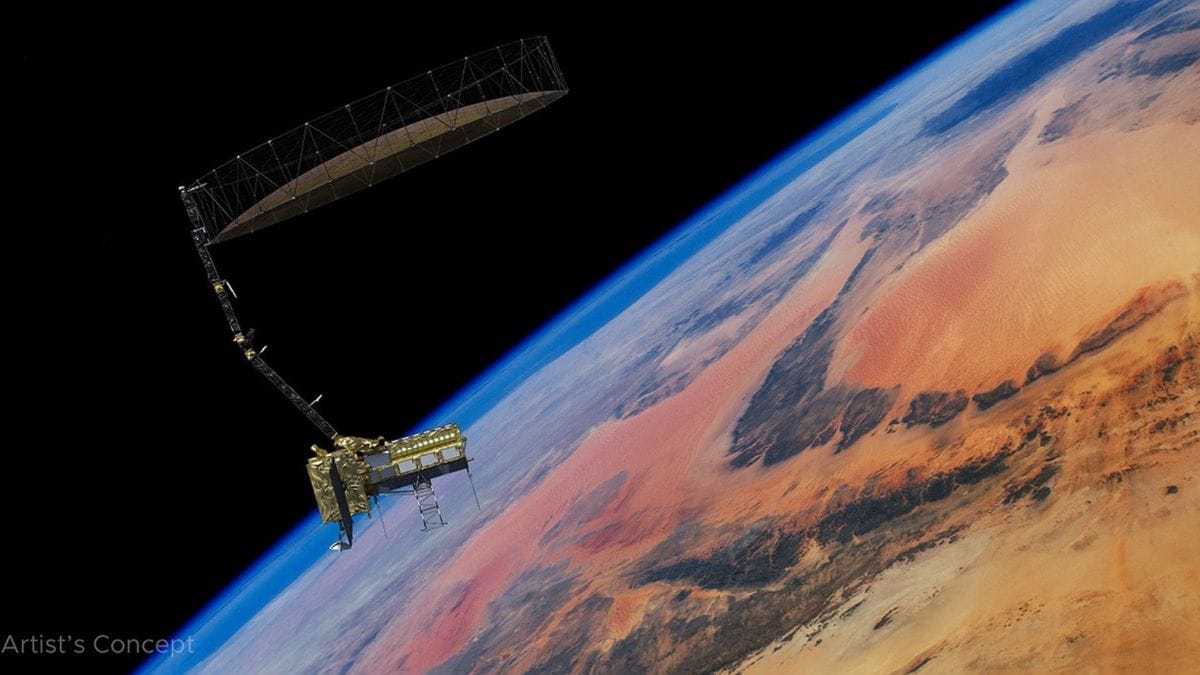The NISAR (NASA-ISRO Synthetic Aperture Radar) mission has been developed by NASA and the Indian Space Research Organisation (ISRO), which launched on July 30, 2025 and will begin science operations later this fall. On 15 August, the satellite adequately deployed its 12-metre radar antenna reflector. Now, engineers have activated their state-of-the-art L-band and S-band synthetic aperture radar (SAR) systems, which will begin providing the first and sharpest images of how Earth's ice, land and vegetation have changed at an unprecedented level of detail.
NISAR Mission Progress and Upcoming Science Operations
As per NASA, initial checks were carried out and showed spacecraft and radar payloads were functioning normally. The mission team began the lifting process with NISAR, which has been orbiting Earth from an altitude of 420 miles since its launch on August 26. Over the coming weeks, and into December, it will return its first science-quality radar images, and full-scale operations are expected to start about 90 days after launch. These accomplishments represented an amazing milestone for this daunting Earth science mission.
Global Impact of Dual Radar Technology and NASA–ISRO Collaboration
NISAR is the first satellite that holds two different Synthetic Aperture Radar (SAR) systems onboard. The L-band radar, which has a 10-inch (24-centimetre) wavelength, can see beneath the tops of dense forest canopies to take the measure of soil moisture, forest biomass and the motion of land and ice. The S-band scans at a 4-inch (10-centimetre) wavelength, providing better viewing of soils, crops, hardwood forests and ground moisture in Earth's temperate zones. Together, the radars can be used around the clock and in all weather conditions, including clouds and rain.
Over 12 days, the satellite will be able to watch most of the land and ice surfaces of the Earth twice. The mission is the culmination of many years of cooperation between NASA and ISRO. The S-band radar, spacecraft bus and the S/X-band Transmitting and receiving modules were developed and fabricated by ISRO, whereas the L-band radar and reflector and communication systems were provided by NASA.
Liftoff was from India's Satish Dhawan Space Centre, and the mission is relying on ISRO's worldwide tracking network and NASA's data systems. Combined, the two agencies are driving innovation and international space cooperation.

Comments
Post a Comment